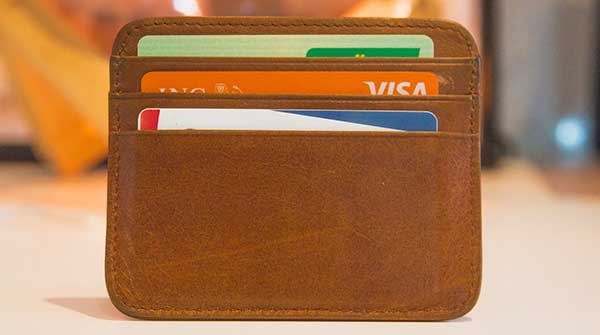
Photo by Stephen Phillips
Taking a loan to pay off credit card debt, while seemingly counterintuitive can be an effective strategy. However, there are a number of considerations to ponder before doing so. This article will take a look at the pros and cons of taking a loan to pay off credit card debt to help you understand them.
Signature/Personal Loans
This type of loan can be a very effective means of consolidating credit card debt. The best thing about signature/personal loans for this purpose is they can be had without posting collateral.
In other words, the loan is secured only by your promise to pay.
That’s a definite entry in the “pro” column.
However, on the “con” side of the equation, you’ll need to have a strong credit score to qualify for an interest rate low enough to make this approach worthwhile. Generally, this means a FICO score of 690 or better.
Keep in mind, the whole idea of taking a loan to pay off credit card debt is to reduce the time and amount you’ll have to pay to put that debt to rest. Therefore, you have to be sure the interest you pay on the loan is less than you’d pay if you maintained your current status quo.
Here, perhaps it’s useful to review how debt consolidation works.
As the title of this article suggests, it’s basically using a loan to pay off debts in the hopes of achieving a better financial outcome. Personal loans can help you accomplish that, as can the other methods we’ll review below.
Credit Card Balance Transfer Offers
Some credit card issuers, in an effort to sign up new cardholders, will offer a very attractive introductory interest rate for balances transferred from other credit cards. By very attractive, we’re talking extremely low interest rates like one- or even zero percent— for a period of 12 to 18 months.
That’s the pro in this scenario.
On the other hand, if that balance isn’t paid in full before the grace period ends, you’ll often be looking at interest rates well north of 25%. What’s more, some card issuers will apply that rate to the entire transferred balance—going all the way back to the date of the transfer. There are usually also fees associated with the cards of 5% of the transferred amount.
Still, this can be a viable approach — as long as you pay off the transferred amount in the time allowed.
Home Equity Loans and Lines of Credit
Likely the least expensive of the methods reviewed here, borrowing against your home equity absolutely can help you pay off credit card debt for less money. Interest rates on home equity borrowing can be much lower than the other forms of borrowing reviewed here. This can be true even after all of the fees associated with home equity loans are taken into consideration.
That’s the upside.
The downside is the fact that you’ll trade unsecured credit card debt for debt secured by an interest in your residence. In other words, you could lose your house if things go further sideways and you cannot meet the terms of the home equity loan agreement.
Therefore you must be absolutely certain you’ve resolved whatever situation led to the creation of your credit card debt problem in the first place. And, you must know for a fact you’ll be able to repay the loan as agreed.
Those are the pros and cons of taking a loan to pay off credit card debt. Some of the cons are more critical than others. The key is to be sure you can meet the requirements taking such a loan will place upon you. And, being very careful to avoid creating more debt until you’ve paid that loan off in full.
This content is a joint venture between our publication and our partner. We do not endorse any product or service in the article.

